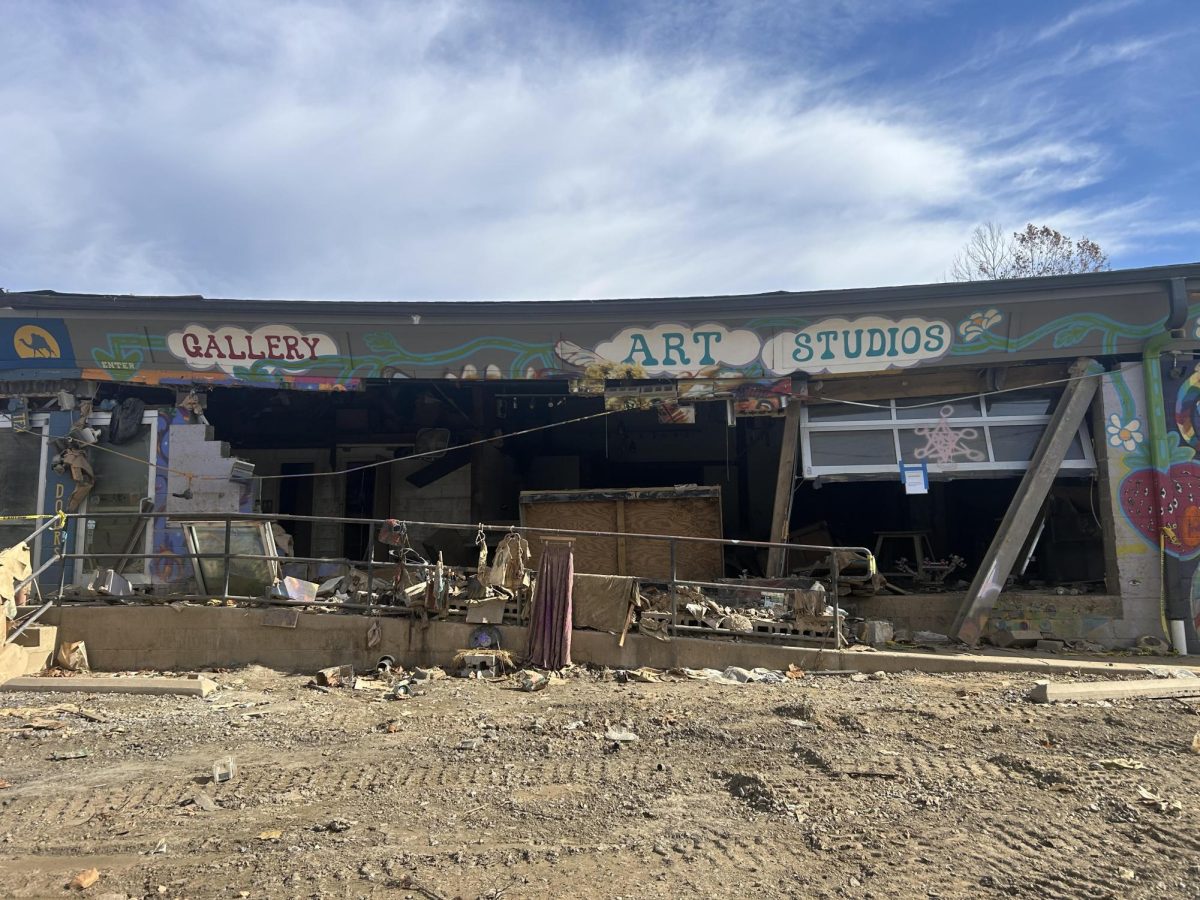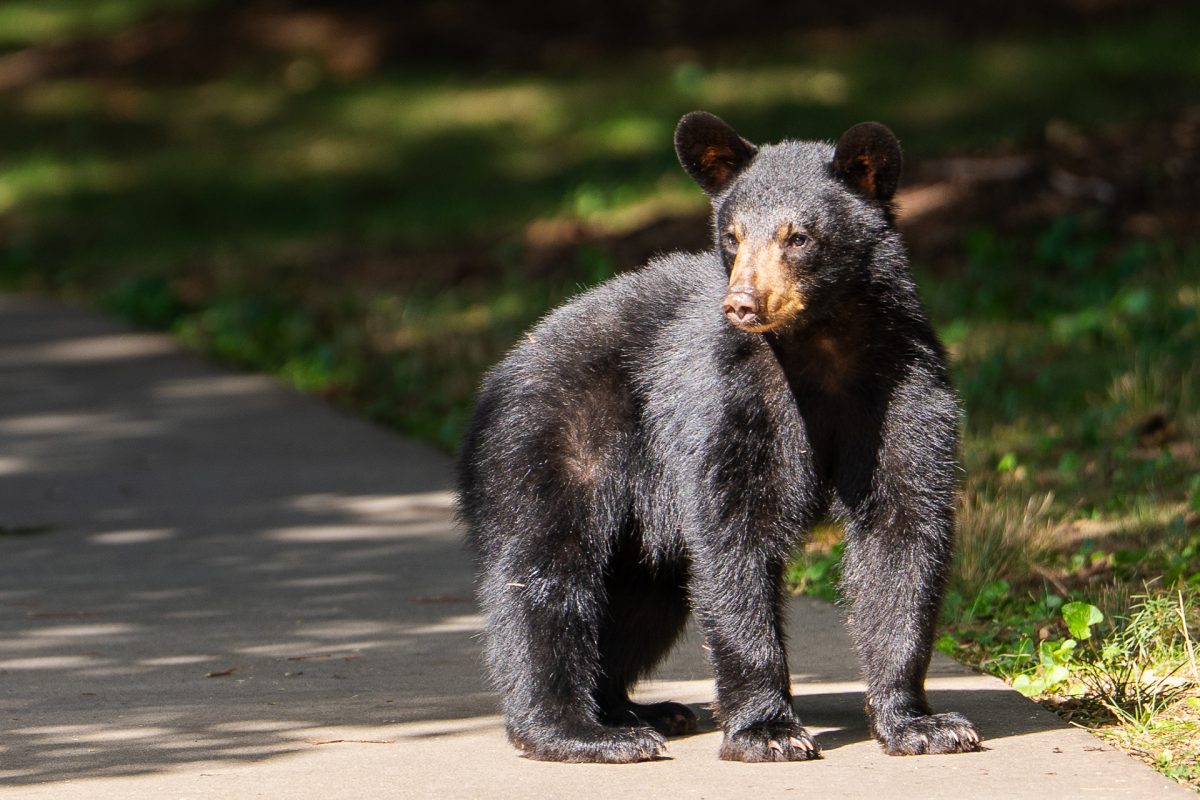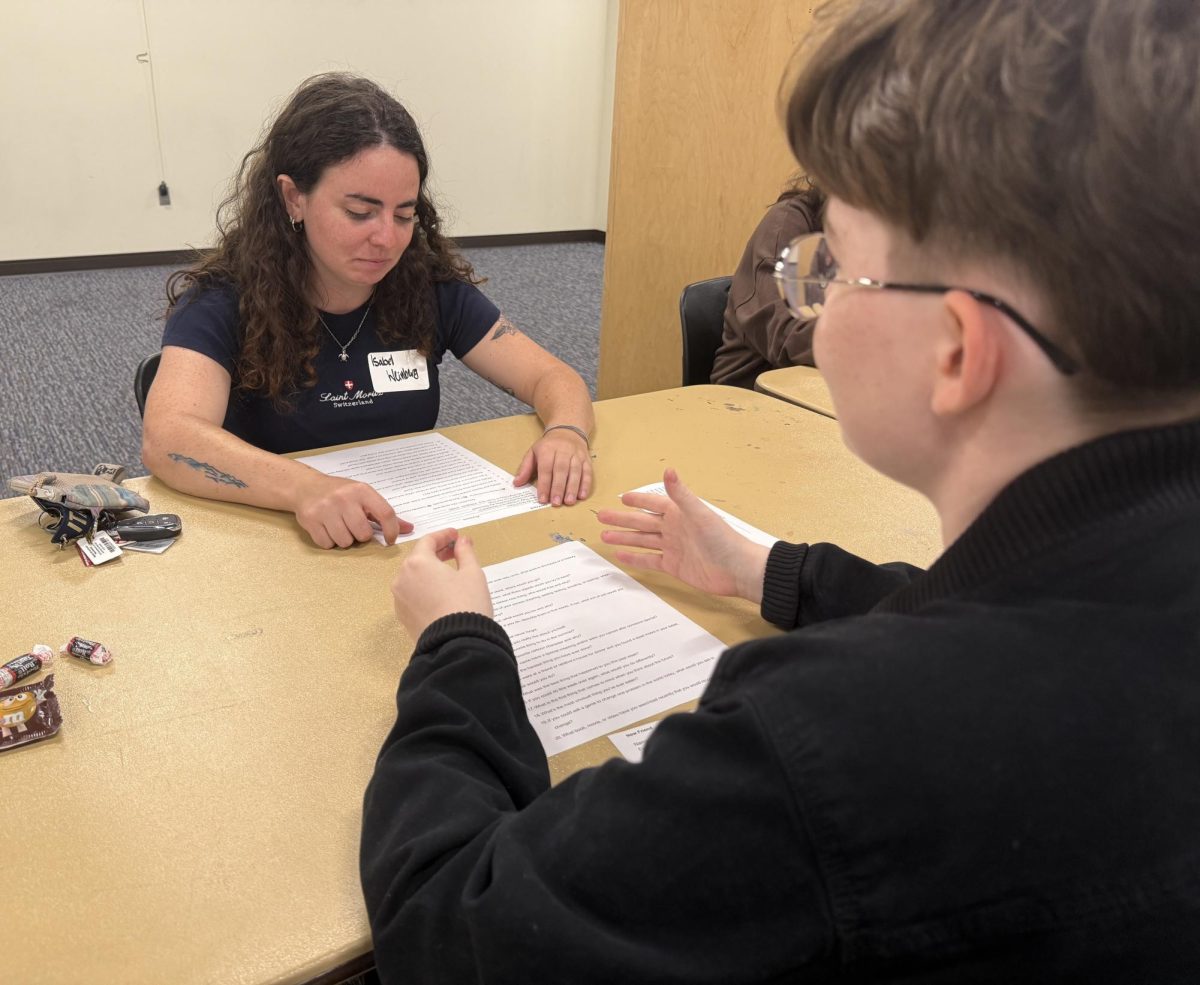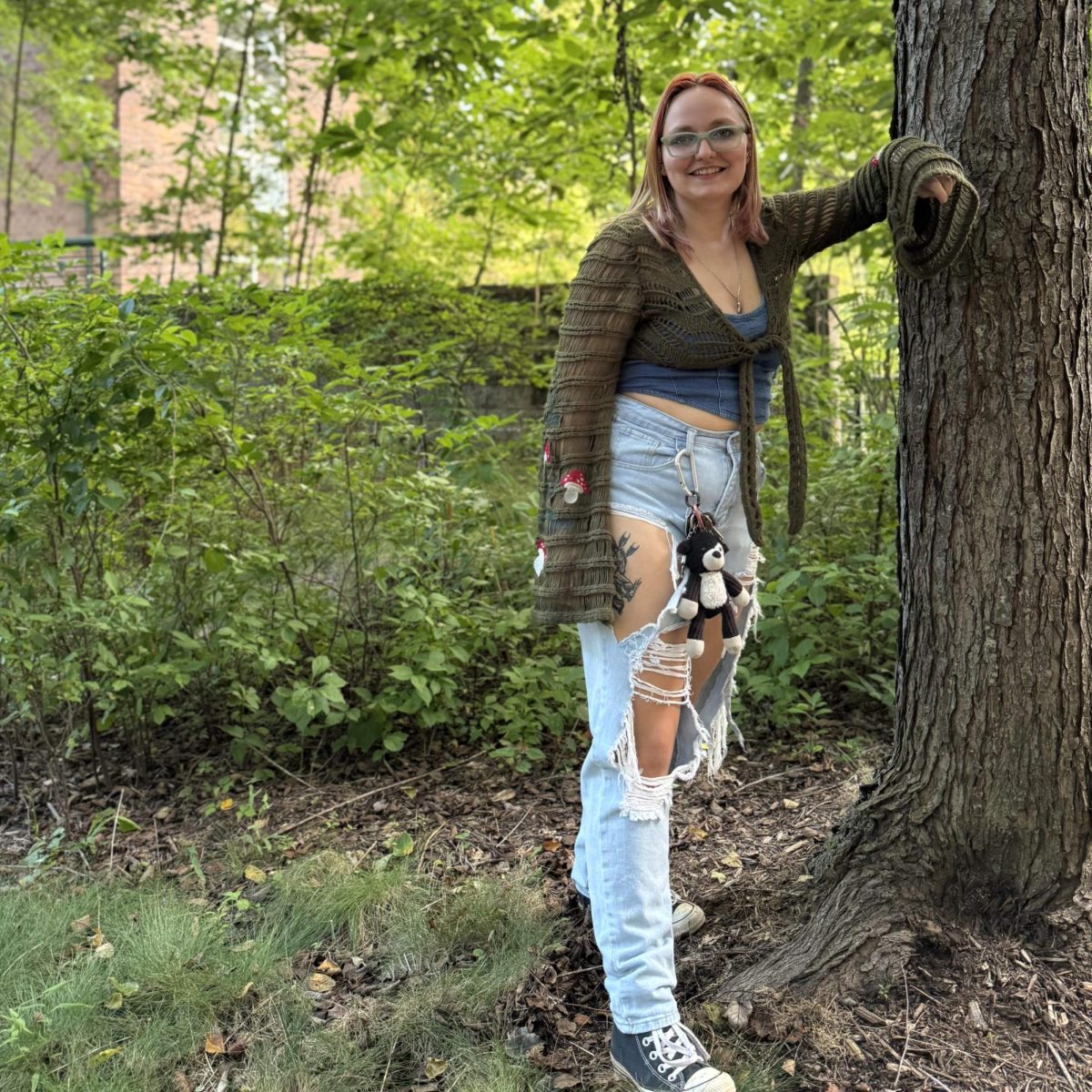After Hurricane Helene, many artists in the River Arts District say they lost their jobs and livelihoods. Now, to celebrate a soft reopening, they are throwing RADFest 1.0.
“It was just unimaginable to see that the river had become a lake. It stopped my breath. I looked down into the water and all I saw was paintings and art supplies, wine and beer. I literally watched the Hi-Wire shipping container float down the river. These are people’s dreams, and within 24 hours, they were just washed away,” said Jeffery Burroughs, owner of Jeffrey jewelry store and president of River Arts District Artists (RADA).
Burroughs said he has been working tirelessly to help displaced artists and organize RADFest, hoping it gives people some positivity in a dark time.
“There’s those of us who are lucky and are a part of the 20% that still have their space. People ask me if I want to be open and I don’t know. There’s been no time to process. Rent is due. There’s no moratorium for us to pause for the trauma that we’re all collectively experiencing. There’s no time for it. We have to keep going,” he said.
Burroughs said a major issue for remaining businesses is the fact that tourism took a major hit due to the storm. Even though stores like his survived the storm, he said he is still expecting financial problems ahead for many.
“A lot of people ask, ‘should we be inviting tourists here?’ and I think there’s two sides to that. We are in this small business world in Asheville which is what makes it such a special city. But it’s supported by the tourists that come. We rely between 70 and 90 percent on tourism to generate revenue and this is our biggest loss. This is the season that helps support the slow season,” Burroughs said.
Mamie Fain, Operations Director of the North Carolina Glass Center, said despite her business surviving the storm, recovery has not been easy. Between short staff and damaged equipment, the timeline to be back to complete normalcy is still far away.
“Luckily we did not have any physical damage, and all of our inventory was safe. But we did have to close down, shut off our furnace, and clear out the crucible which is the ceramic bowl that we keep the molten glass in for glassblowing,” Fain said.
Studio manager Joe Nicholson said the process to safely and effectively shut down their equipment was a long process in and of itself. He said the crucible and furnace need to be cooled down slowly to avoid damage, and it was difficult to do so given the circumstances.
“Our furnace can’t be without power. We had propane torches hooked up to keep it above 2,000 degrees, and I was like, ‘this’ll be fine guys, we’ll make it through this.’ Then I saw dumpsters start floating by in the river and I was like, no, we’re shutting down. Mind you, it was still filled with glass, which ruined our furnace that we just bought for $40,000,” Nicholson said.
Fain said they were closed for about two weeks, only returning to clean up and repair their damaged equipment. She said classes are a crucial part of how the Glass Center makes their money, and with so many staff and community members displaced, it has been difficult to keep a normal schedule.
“We’ve been able to begin one class on Saturdays in the hot shop, which creates an opportunity for artists to come and teach to generate some income. We gave a lot of refunds, and we tried to reschedule people as much as possible, but it’s just hard to know what the timeline is and what our capabilities are as a short staff. We were able to open our flame shop last week for rentals. We wanted to give as many displaced flame shop workers as possible the ability to rent,” Fain said.
Signe Ballew, Director of Operations for RADA, said she is struggling to come to terms with everything going on since the hurricane, and all of the chaos took a toll on her mental health.
“My studio was in Riverview Station, on the second floor and was flooded. We lost about 40% of everything. And the remainder is currently boxed up in my basement. Our studio is still non-existent, and won’t be until probably January, at least. The shock of seeing the area of Asheville that I have called home, RAD, being completely underwater, has still not gone away. I have definitely been struggling keeping it together,” Ballew said.
However, Ballew said she is hopeful for the future of the River Arts District, as she witnesses the efforts RADA is making to rebuild and spread positivity in this time.
“We have lots of hopes for the future of the River Arts District. We are doing everything in our power currently to keep the culture alive. I have seen very little negativity in regard to rebuilding the district, I have seen mostly camaraderie, community engagement, and pure love. All of our hearts are broken, and we are all in a weird limbo state mentally right now, but I see only hopeful things on the horizon,” Ballew said.
Ballew said she encourages people to support small businesses and local artists now more than ever, so they can get through this difficult time.
“Keep being kind and patient with one another, because we are all in this together,” she said.
According to Burroughs, RADFest will take place from 12-6 on Saturday and Sunday, featuring artists along Roberts Street, Artful Way, Clingman Avenue, and Depot Street. Displaced artists will be set up at 130 Roberts Street and Parker Oil. He said there will also be food trucks and live music.
“RADFest is about perseverance and our community coming together and celebrating each other. People can come, have fun, bring lovable spirits, and support artists if they can. This is just a really great opportunity for us to all come together and have something positive and hopeful for us to do. I think the Asheville community is so incredible. I’ve never seen a community step up like this,” Burroughs said.


![Brooke Pedersen [second from the right] and Luis Reyes [right] hold banners during the Wrap The Woods event.](https://thebluebanner.net/wp-content/uploads/2025/09/ELIZABETH_PRITCHITT_IMG_3470-1200x804.jpg)






















